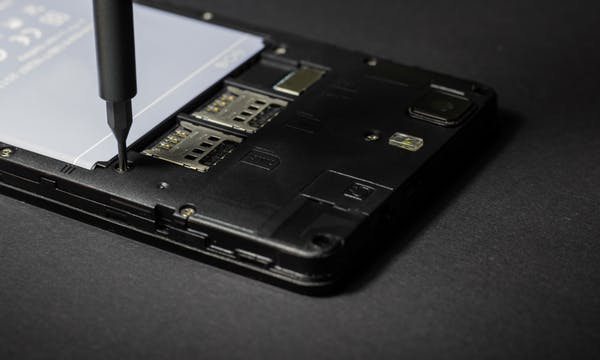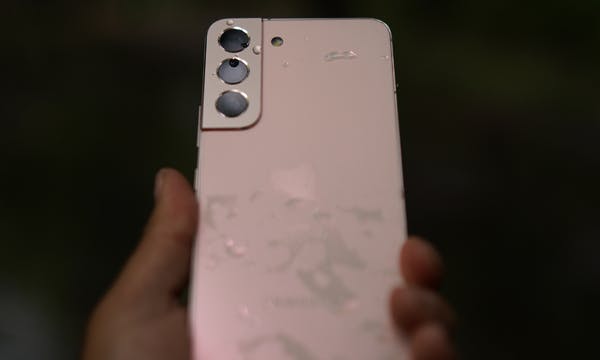In the age of mobile technology, the humble SIM card has been a crucial component of our daily lives. However, a new technology known as eSIM (Embedded SIM) is quickly gaining popularity in Australia and around the world. In this article, we will explore the benefits of eSIM and guide you through the process of choosing an eSIM plan and switching to this new technology.
Benefits of eSIM
eSIM offers several benefits over traditional physical SIM cards. Firstly, it eliminates the need to physically swap SIM cards when changing providers or devices. This means that you can easily switch providers without having to wait for a new physical SIM card to arrive in the mail. Additionally, eSIM provides improved security, as the digital SIM cannot be removed or tampered with by unauthorised individuals.
eSIM also has environmental benefits, as it eliminates the need for physical SIM cards, which can contribute to e-waste. With eSIM, everything is stored digitally, reducing the carbon footprint and energy consumption associated with traditional SIM cards.

How eSIM Works
eSIM is similar to a traditional SIM card, but instead of being a physical card, it is built into the device. This means that there is no need to physically insert or remove a SIM card. eSIM is embedded in the device and can be activated using an activation code provided by your service provider. Once activated, the eSIM works in the same way as a physical SIM card, allowing you to connect to your providers network.
One of the key benefits of eSIM is the ability to switch between providers without needing to physically swap SIM cards. This is especially useful for travellers, who can easily switch to a local providers eSIM plan when visiting a new country. eSIM also allows for the use of multiple phone numbers on the same device, which is useful for people who need separate numbers for work and personal use.

Compatible Devices
Not all devices and providers support eSIM, but the number of supported devices and providers is increasing. Some popular devices that support eSIM include the iPhone 13, Samsung Galaxy S21, and Google Pixel 6.
It is important to note that not all devices and providers support eSIM, so it is important to check compatibility before making the switch.
Choosing an eSIM Plan
When choosing an eSIM plan, there are several factors to consider. Firstly, you should compare the available eSIM plans from different providers to find the plan that suits your needs. You should also consider factors such as coverage, data allowances, and international roaming options. Additionally, it is important to compare the cost of eSIM plans with traditional physical SIM plans to ensure that you are getting the best value for money.
One of the key benefits of eSIM plans is the flexibility to switch between plans without needing to physically change SIM cards. This means that you can easily switch to a different plan with the same provider, or switch to a new providers eSIM plan without needing to wait for a physical SIM card to arrive in the mail.
eSIM plans also offer flexibility in terms of data usage. Some eSIM plans allow for the purchase of data packs, which can be used for a specific period of time, such as a day or a week. This is useful for people who need to use data for a short period of time, such as when traveling or attending an event.

How to Switch to eSIM
Switching to eSIM is a simple process, but it may vary depending on your device and provider. Generally, the process involves requesting an activation code from your provider and using it to activate the eSIM on your device.
Here is a general guide to switching to eSIM:
Step 1: Check compatibility: Before switching to eSIM, make sure that your device and provider support eSIM.
Step 2: Get an activation code: Contact your provider and request an eSIM activation code. The process of obtaining an activation code may vary depending on your provider, but typically involves providing your account details and device information.
Step 3: Activate eSIM: Once you have received your activation code, follow the instructions provided by your provider to activate eSIM on your device. This may involve scanning a QR code or entering the activation code manually.
Step 4: Set up eSIM plan: Once eSIM is activated on your device, you can set up your eSIM plan with your provider. This may involve choosing a plan, entering payment details, and setting up your account.
Step 5: Transfer data: If you are switching from a physical SIM card to eSIM, you may need to transfer your data from the physical SIM to eSIM. This process may vary depending on your device and provider, but typically involves backing up your data and transferring it to the eSIM.
undefined
eSIM is a new technology that is quickly gaining popularity in Australia and around the world. It offers several benefits over traditional physical SIM cards, including improved security, environmental benefits, and flexibility in terms of provider and plan choices. When choosing an eSIM plan, it is important to consider factors such as coverage and data allowances options to find the plan that best suits your needs. Switching to eSIM is a simple process, and can be done by requesting an activation code from your provider and following the instructions provided.
With the benefits of eSIM, it may be worth considering making the switch to this new technology. To find out more information, or if eSIM is right for you, give us a call today on 13 14 64 and we will be more than happy to answer your questions.